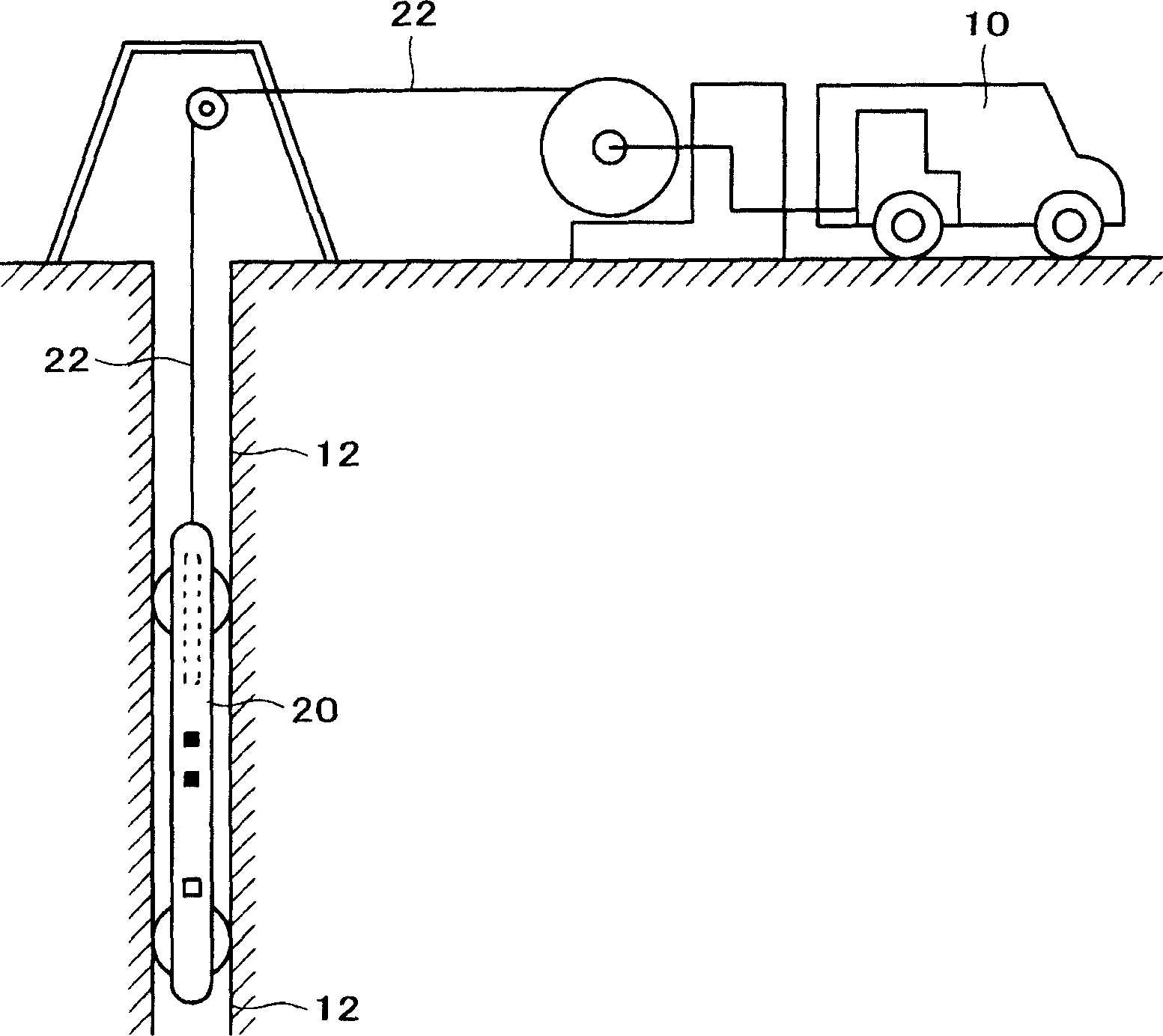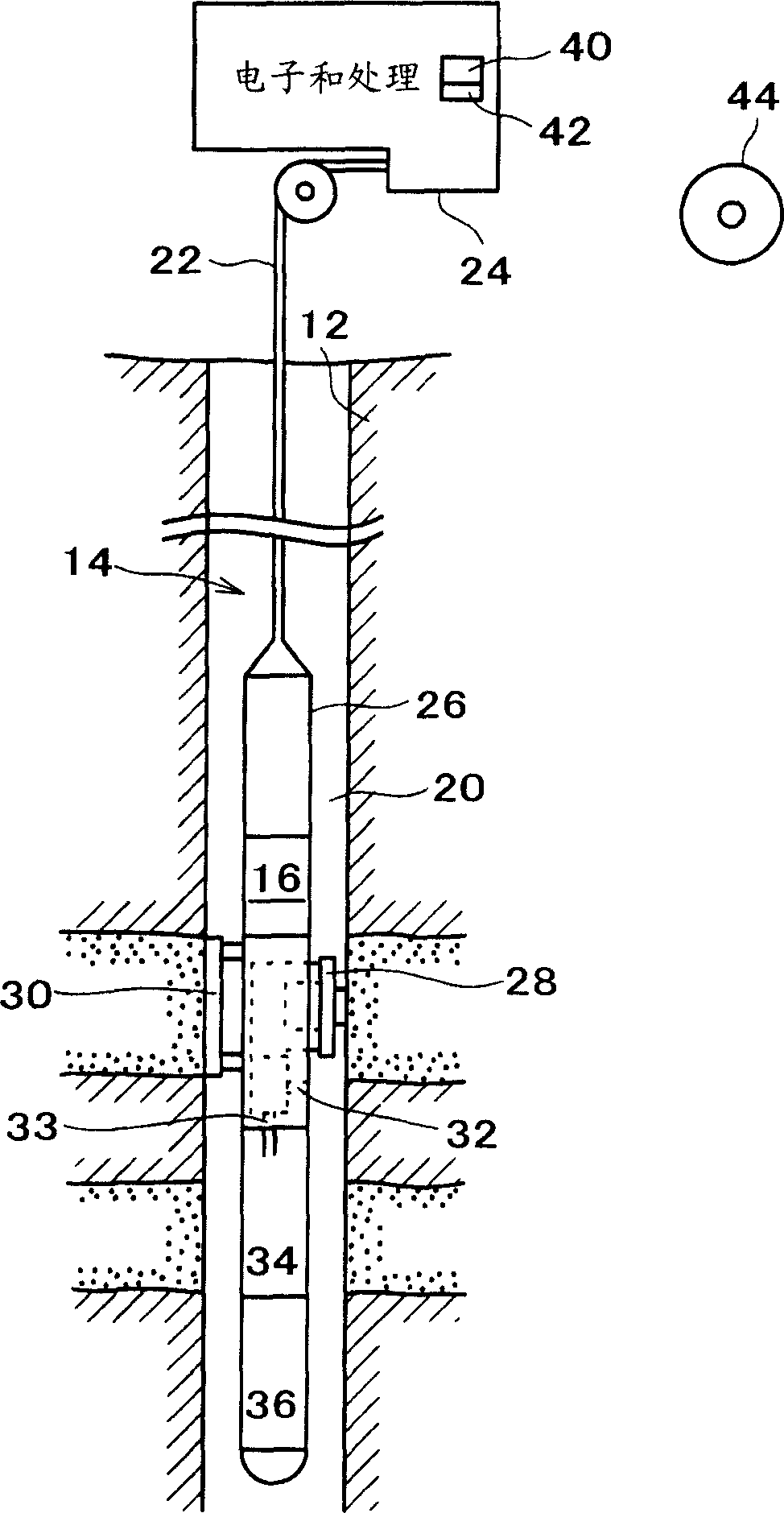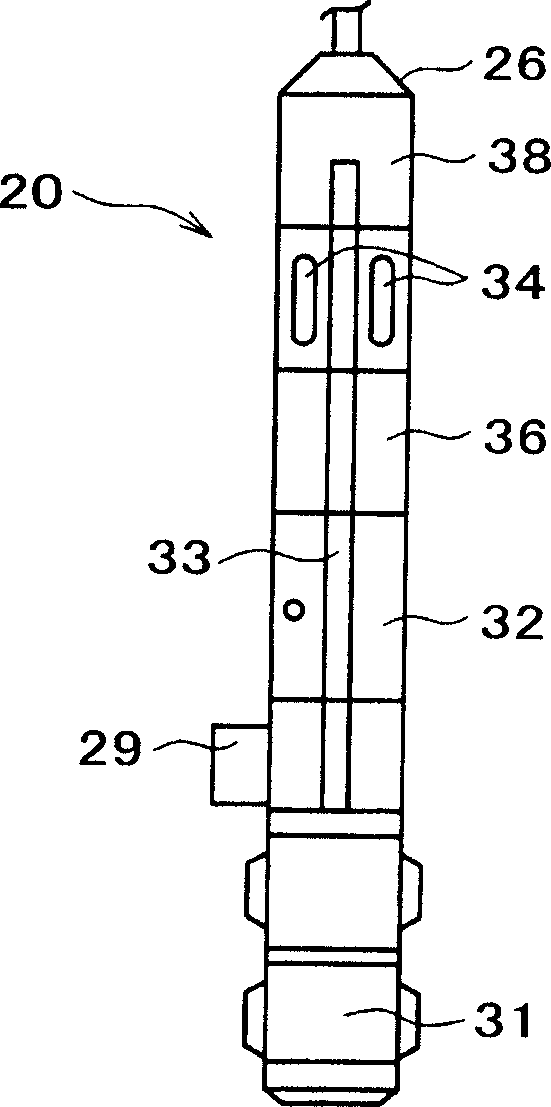System and methods of deriving fluid properties of downhole fluids and uncertainty thereof
A technology of fluid properties and certainty, applied in the direction of earthwork drilling and production, wellbore/well components, etc., can solve problems caused by problems, and achieve robust and accurate comparison results
- Summary
- Abstract
- Description
- Claims
- Application Information
AI Technical Summary
Problems solved by technology
Method used
Image
Examples
example 1
[0115] Figure 5The optical absorption spectra of three fluids obtained in the laboratory are shown in : formation fluids A and B (blue and red traces) with GOR of 500 and 1700 scf / stb, respectively, and a mud filtrate (green trace). In a first simulation, two formation fluids were contaminated with decreasing amounts of contamination to simulate cleanup of the formation fluids. Different contamination models were used for the two fluids. At the end of several hours, the true contamination of fluid A is 20% and the true contamination of fluid B is 2%, as Figure 6A and 6B Shown by the black trace in . Hereinafter, this simulation is referred to as "Simulation A" for further reference. Data were analyzed using the Contamination OCM algorithm described in Equations 1.1 to 1.9 above.
[0116] Since the pollution model used during the analysis is very different from the pollution model used in the simulation, the final pollution level estimated by the algorithm is biased. S...
example 2
[0118] In a second simulation (hereinafter referred to as Simulation B), two data sets were simulated from the same formation fluid (Fluid B from previous Simulation A) using different contamination models. Call these two new fluids fluids C and D, respectively. At the end of a few hours, the true contamination for fluid C is 9.3%, and the true contamination for fluid D is 1%, as Figure 8A and 8B Shown by the black trace in . This data was analyzed using the Contamination OCM algorithm described above in Equations 1.1 to 1.9. The final contamination levels of the two fluids were estimated at 6.3% and 1.8%, respectively, with an uncertainty of about 2%. As before, the pollution model provides a biased estimate of the pollution because the model used for the analysis differs from the model used to simulate the pollution. For the two fluids the measured data (blue and red traces as dotted lines) and the corresponding predicted gas-bearing fluid spectra (blue and red traces a...
PUM
| Property | Measurement | Unit |
|---|---|---|
| Density | aaaaa | aaaaa |
Abstract
Description
Claims
Application Information
 Login to View More
Login to View More - R&D
- Intellectual Property
- Life Sciences
- Materials
- Tech Scout
- Unparalleled Data Quality
- Higher Quality Content
- 60% Fewer Hallucinations
Browse by: Latest US Patents, China's latest patents, Technical Efficacy Thesaurus, Application Domain, Technology Topic, Popular Technical Reports.
© 2025 PatSnap. All rights reserved.Legal|Privacy policy|Modern Slavery Act Transparency Statement|Sitemap|About US| Contact US: help@patsnap.com



